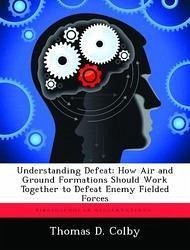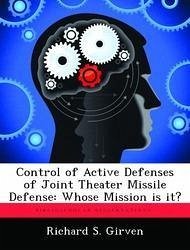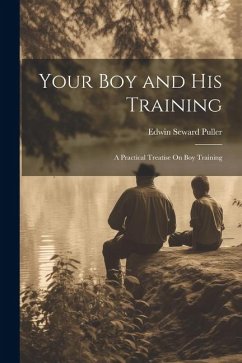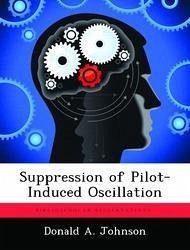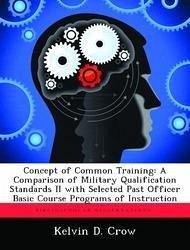Nicht lieferbar

Air Force F-16 Joint Suppression of Enemy Air Defenses Training: A Model for Operational Failure.
Versandkostenfrei!
Nicht lieferbar
This thesis investigates the question: How should the U.S. Air Force (USAF) modify F-16 Suppression of Enemy Air Defense (SEAD) training to ensure pilots have the operational flying experience and proficiency required to conduct effective Joint Suppression of Enemy Air Defenses (J-SEAD) operations in combat? USAF F-16 SEAD pilots are not receiving the quantity and quality of training required to conduct effective J-SEAD operations in combat. USAF F-16 SEAD pilots must be trained for J-SEAD to prevent operational failure in combat. The thesis analyzes and evaluates joint training requirements, ...
This thesis investigates the question: How should the U.S. Air Force (USAF) modify F-16 Suppression of Enemy Air Defense (SEAD) training to ensure pilots have the operational flying experience and proficiency required to conduct effective Joint Suppression of Enemy Air Defenses (J-SEAD) operations in combat? USAF F-16 SEAD pilots are not receiving the quantity and quality of training required to conduct effective J-SEAD operations in combat. USAF F-16 SEAD pilots must be trained for J-SEAD to prevent operational failure in combat. The thesis analyzes and evaluates joint training requirements, programs, and combat employment cases to identify USAF J-SEAD training shortfalls. The current and planned trend for joint training is to replace high-cost, live training exercises with simulation-based exercises to reduce cost. This trend has significantly impacted operational readiness and has prevented effective J-SEAD training for USAF F-16 SEAD pilots. J-SEAD must be identified as a mission essential task for the USAF. Pilots cannot afford to wait until combat to develop effective J-SEAD joint tactics, techniques, and procedures. Simulation training should be used to enhance flying training not replace it. The addition of J-SEAD objectives and forces to exercises can be accomplished by simply training smarter. This work has been selected by scholars as being culturally important, and is part of the knowledge base of civilization as we know it. This work was reproduced from the original artifact, and remains as true to the original work as possible. Therefore, you will see the original copyright references, library stamps (as most of these works have been housed in our most important libraries around the world), and other notations in the work. This work is in the public domain in the United States of America, and possibly other nations. Within the United States, you may freely copy and distribute this work, as no entity (individual or corporate) has a copyright on the body of the work. As a reproduction of a historical artifact, this work may contain missing or blurred pages, poor pictures, errant marks, etc. Scholars believe, and we concur, that this work is important enough to be preserved, reproduced, and made generally available to the public. We appreciate your support of the preservation process, and thank you for being an important part of keeping this knowledge alive and relevant.






